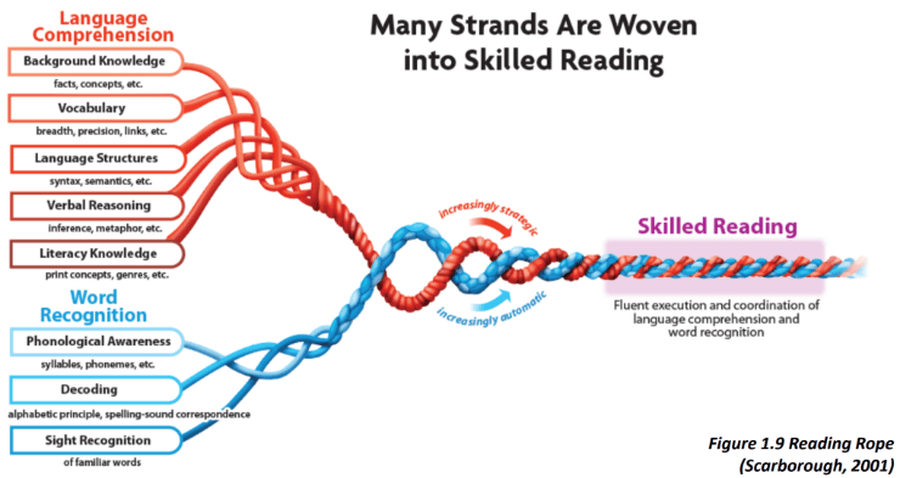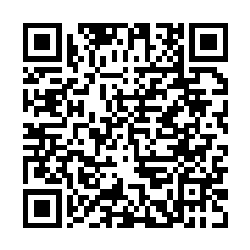
SOUNDS-WRITE PHONICS
Our aim is to bring the best out of every pupil that attends Anthony Curton
Sounds-Write Phonics
At Anthony Curton Primary School, we use the Sounds-Write phonics scheme to teach our pupils to read, write and spell. The Sounds-Write Phonics scheme is a highly structured and comprehensive scheme, which is used to teach spelling, reading and writing by focusing on the sounds that form the English language. Daily, discrete phonics sessions are carried out to enable our pupils to develop their phonic knowledge and skills to the highest standard.
The Initial Code
The children begin in Reception with the Initial Code, where they develop three key skills: segmenting, blending and phoneme manipulation.
- Segmenting – (splitting a word up into its sounds)
- Blending – (recognising the sounds in a word and putting them together)
- Phoneme manipulation – (ability to change or move individual sounds in a word to make a new word)
Initially, phonics teaching focuses on CVC words, introducing the children to new singular sounds, before moving onto structures that are more complex where the children are introduced to four-, five- and six-sound words of the structure CVCC, CCVC, CCVCC/CCCVCC, before introducing the most common consonant digraphs.
The Extended Code
As the children move into Year 1, they begin the Extended Code where they begin to learn more advanced phonic processes and are taught skills to develop their conceptual knowledge. Conceptual Knowledge teaches that:
- Letters are symbols or spellings that represent sounds.
- A sound may be spelled by 1, 2, 3 or 4 letters.
- The same sound can be spelled in more than one way.
- Many spellings can represent more than one sound.
All the remaining common vowel and consonant sound to spelling correspondences are taught until all the common spellings for the forty-four sounds in English have been covered. The Extended Code continues to be taught throughout Year 2, where the children learn more advanced spellings of the forty-four sounds.
Reading
In addition to this, all children within Reception and KS1 are provided with a decodable reader to aid their reading development. As we know from Scarborough’s Rope model, pupils need both word recognition strands and language comprehension strands for reading comprehension to develop. Children need to not just crack the phonic code but be able to decode to well. Therefore, the books they take home to practice word reading from are designed for that purpose. By taking home books two units behind the current code they are learning, children have the opportunity to practice and embed their code knowledge which enables them to automatically recognise sound-spelling correspondences when reading. If we don’t do this, some code knowledge will be forgotten over time.

In order to enrich your children’s reading experiences, children will also take home a book to share with an adult from our library. This book provides an opportunity for children to experience a wide range of text type and literature and should be shared.
Phonics in KS2
Phonics teaching does not stop in KS1 and all pupils at our school have access to phonics teaching, including within KS2. During KS2 phonics lessons, pupils are taught how to read and spell polysyllabic words, progressing from two-syllable to five- and six-syllable words. In addition to this, the children explore the derivation of words looking at the etymology and morphology of words.
Useful Links
- Link to the Sounds-Write Website - https://www.sounds-write.co.uk/
- Sounds-Write Guide for Parents/Carers - Units 1-7: https://www.udemy.com/course/help-your-child-to-read-and-write/ Units 8-11: https://www.udemy.com/course/help-your-child-to-read-and-write-part-2/
QR Codes to the Sounds-Write Courses for Parents/Carers
Units 1-7

Units 8 - 11

Anthony Curton CofE Primary School
Tel: 01945 780121
Email: office@anthonycurton.norfolk.sch.uk
If you have any queries, questions or would like more information about our school please feel free to contact the school office where either Mrs Hannay or Mrs McKeon will be happy to help you.
School Address:
The Chase
Wisbech
Cambridgeshire
PE14 7NG
DEMAT Office Address:
All Rights Reserved | Anthony Curton CofE Primary School | Privacy Policy
Designed by We Are Doodlebug
